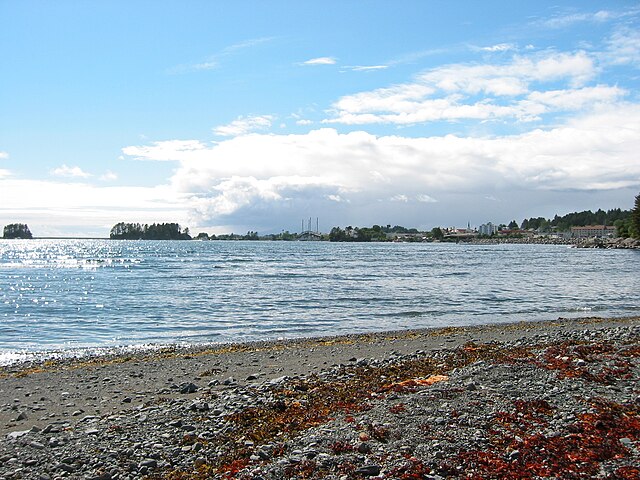Have you ever wondered what it’s like to live in a place where the weather feels like it’s telling a story? Sitka, Alaska, nestled on the rugged coast of Baranof Island, has a climate that’s as dramatic and beautiful as its scenery. Surrounded by the Pacific Ocean and towering mountains, Sitka’s weather is a mix of misty rain, cool breezes, and occasional bursts of sunshine that make every day an adventure. Whether you’re planning a visit or dreaming of calling this coastal gem home, understanding Sitka’s weather is key to embracing its charm. Let’s dive into what makes Sitka’s climate so special and how it shapes life in this Alaskan paradise.
Why Sitka’s Weather Stands Out
Sitka’s weather is like a moody artist—unpredictable, expressive, and always keeping you on your toes. Unlike the bone-chilling cold of Alaska’s interior or the dry heat of southern states, Sitka enjoys a temperate maritime climate. This means mild winters, cool summers, and a whole lot of rain. The Pacific Ocean acts like a giant thermostat, keeping temperatures from swinging too wildly. But don’t pack your flip-flops just yet—Sitka’s weather has a reputation for being wet, with rain falling on about two-thirds of the year. Let’s break down what this means for locals and visitors alike.
The Role of Geography in Shaping Sitka’s Climate
Sitka sits on the edge of the Alexander Archipelago, where the Pacific Ocean meets dense forests and rugged peaks. This unique location creates a microclimate that’s distinct even within Alaska. The ocean moderates temperatures, while the surrounding mountains trap moisture, leading to frequent rain and overcast skies. It’s like living in a natural rain machine! The Tongass National Forest, one of the largest temperate rainforests in the world, thrives on this moisture, making Sitka a lush, green wonderland. But this geography also means you’ll need a good raincoat to fully enjoy it.
A Year-Round Look at Sitka’s Weather
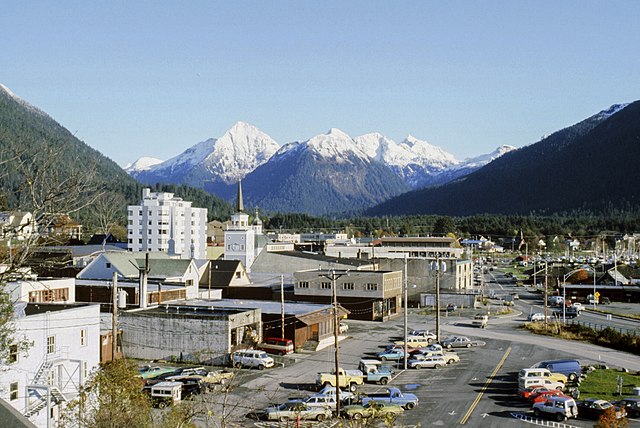
Sitka’s weather is a year-round performance, with each season bringing its own flavor. From drizzly summers to snowy winters, the climate keeps things interesting. Let’s take a closer look at what you can expect month by month, so you’re never caught off guard by Mother Nature’s mood swings.
Spring: A Time of Transition
Spring in Sitka, from March to May, is like waking up from a long nap. Temperatures creep up from the mid-30s to the low 50s Fahrenheit, and the days start getting longer—sometimes stretching past 17 hours by May! Rain is still a constant companion, but you’ll also get glimpses of sunshine that make the blooming wildflowers and budding trees pop. It’s the season of herring runs, when the ocean comes alive with wildlife. If you’re visiting, pack layers and waterproof gear to stay comfortable during those April showers.
What to Expect in March
March is Sitka’s awkward teenage phase—part winter, part spring. Highs hover around 40°F, with lows dipping to 33°F. Snow is still possible, but it’s often mixed with rain, creating a slushy mix locals call “snain.” The good news? The days are getting longer, giving you more time to explore Sitka’s trails and waterfront.
April’s Showers and Surprises
By April, temperatures climb to the mid-40s, and the rain picks up. This is when Sitka’s Tlingit heritage shines, with the annual herring run drawing locals to the shore to celebrate. Expect about 8 inches of rain this month, so a sturdy umbrella is your best friend. But don’t be surprised if a sunny day sneaks in, making you forget the clouds ever existed.
Summer: Cool, Wet, and Wonderful
Summer in Sitka, from June to August, is like a cool breeze on a warm day. Temperatures range from the low 50s to the mid-60s, rarely breaking 70°F. It’s the driest time of year, but “dry” is relative—expect rain on about half the days. The long daylight hours, with nearly 18 hours of light in June, make it perfect for hiking, kayaking, or fishing. Imagine paddling through Sitka Sound under a midnight sun—does it get any better than that?
June: The Sweet Spot
June is Sitka’s golden child, with the least rainfall of the summer months (around 4 inches). Highs reach about 58°F, and the long days give you plenty of time to explore. It’s the perfect time for outdoor adventures, from whale watching to hiking the trails of Sitka National Historical Park. Just keep a light rain jacket handy for those sudden showers.
July and August: Peak Season
July and August are Sitka’s warmest months, with highs around 60-62°F. Rain picks up slightly, but the lush greenery and abundant wildlife make it worth it. These months are ideal for festivals like the Sitka Summer Music Festival or the Old-Time 4th of July celebration. Pack breathable layers and waterproof boots to make the most of the season.
Fall: A Colorful, Rainy Retreat
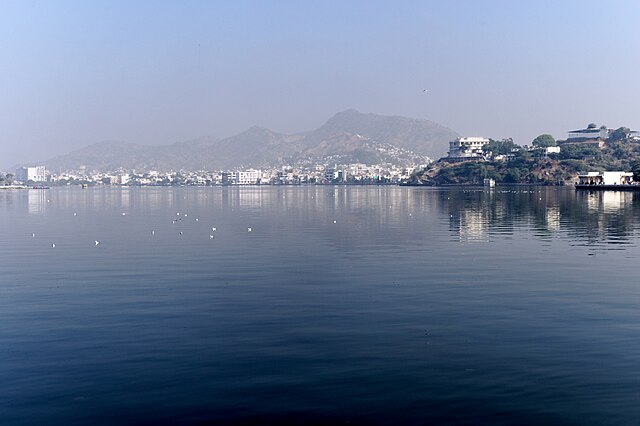
Fall in Sitka, from September to November, is like a painter’s palette splashed with rain. Temperatures drop from the 50s to the low 40s, and rainfall ramps up, with October being one of the wettest months (around 12 inches). The forests turn vibrant shades of gold and red, and the cooler air feels crisp and refreshing. It’s a quieter time for visitors, perfect for those seeking solitude in nature.
September’s Golden Glow
September still feels a bit like summer, with highs around 57°F and long evenings. The rain starts to creep in, but the fall colors make every hike a visual feast. It’s a great time to visit if you want fewer crowds and a chance to see Sitka’s forests in their autumn glory.
Winter: Mild but Wet
Winter in Sitka, from December to February, is milder than you’d expect for Alaska. Temperatures hover between 30°F and 40°F, with occasional dips into the 20s. Snowfall averages about 64 inches annually, but it often melts quickly due to the mild coastal climate. Rain dominates, with about 8-10 inches per month. Winter is a magical time for cozy indoor activities or brave souls who don’t mind a chilly hike.
January: The Heart of Winter
January is Sitka’s coldest month, with highs around 35°F and lows near 30°F. Snow is more likely now, but rain is still the star of the show. Bundle up and head to the Sitka Historical Society for a dose of culture, or brave the elements for a winter walk along the coast.
How Sitka’s Weather Shapes Local Life
Sitka’s weather isn’t just a backdrop—it’s a way of life. Locals have learned to embrace the rain, snow, and occasional sunshine with a sense of humor and resilience. From fishing to festivals, the climate influences everything. The abundant rainfall feeds the Tongass National Forest, supporting a thriving ecosystem of salmon, bears, and eagles. For residents, a good pair of rain boots and a positive attitude are non-negotiable. Visitors, too, quickly learn that Sitka’s weather is part of its charm—like a quirky friend who always keeps you guessing.
Fishing and the Weather Connection
Sitka is a fishing paradise, and the weather plays a starring role. The cool, wet climate creates ideal conditions for cold-water fish like salmon and halibut. Local fishermen know how to read the skies and tides, timing their trips to avoid stormy weather. For visitors, guided fishing charters provide gear to keep you dry, so you can focus on reeling in the big one, rain or shine.
Cultural Events and Weather Adaptations
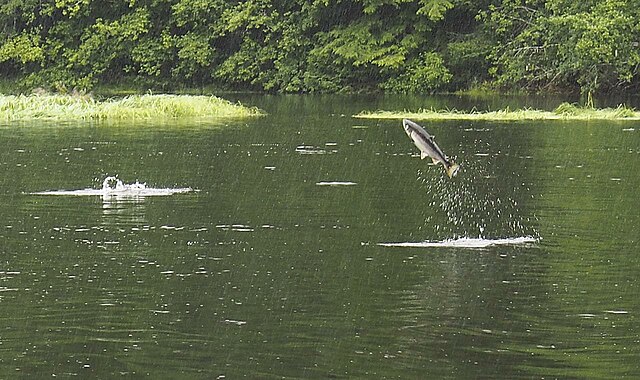
Sitkans don’t let a little rain stop the party. Events like the Sitka Seafood Festival and the Old-Time 4th of July celebration go on, rain or shine. Locals set up tents, wear waterproof gear, and keep the good times rolling. It’s a testament to the community’s spirit—when life gives you rain, throw a festival!
Tips for Visiting Sitka in Any Weather
Planning a trip to Sitka? The weather doesn’t have to be a dealbreaker. With the right gear and mindset, you can enjoy Sitka’s beauty year-round. Here are some tips to make your visit a breeze, no matter what the skies have in store.
Packing for Sitka’s Weather
Think layers, waterproof everything, and a touch of optimism. A good rain jacket, waterproof boots, and moisture-wicking base layers are must-haves. Don’t forget a hat or hood—those drizzly days can sneak up on you. For summer, lightweight, breathable clothing works well, but always have a warm layer for chilly evenings. And if you’re here in winter, a sturdy umbrella and insulated jacket will keep you cozy.
Best Activities for Rainy Days
Rainy days in Sitka are perfect for indoor adventures. Visit the Sitka National Historical Park to explore Tlingit totem poles or dive into history at the Russian Bishop’s House. The Sitka Sound Science Center is a hit with families, offering hands-on exhibits about marine life. Or, cozy up in a local café with a hot coffee and watch the rain paint the windows.
Climate Change and Sitka’s Weather
Sitka’s weather isn’t immune to the impacts of climate change. Locals have noticed shifts in recent years—warmer winters, less predictable herring runs, and even droughts, which are rare for this rainy region. These changes affect everything from fishing to tourism. Young activists in Sitka, like those with Youth for Sustainable Futures, are raising their voices to protect their home. It’s a reminder that Sitka’s weather, like its community, is resilient but vulnerable.
What’s Changing and Why It Matters
Rising ocean temperatures have led to smaller herring runs, impacting both cultural traditions and the local economy. Warmer winters mean less snow and more rain, which can lead to landslides in the surrounding hills. For visitors, this means planning for more extreme weather swings. For locals, it’s a call to action to preserve Sitka’s natural beauty for future generations.
Weather Resources for Sitka Visitors
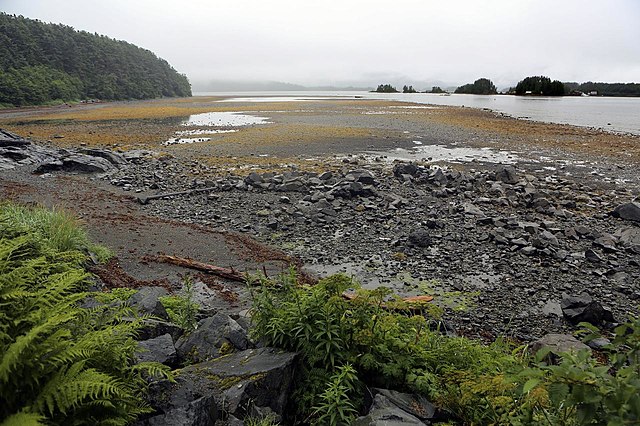
Want to stay ahead of Sitka’s weather? Check out reliable sources like Weather Underground or the National Weather Service for up-to-date forecasts. Local webcams, like the one on Sitka.net, give you a real-time peek at conditions. Whether you’re planning a hike or a boat tour, these tools will help you pack and prepare like a pro.
Conclusion: Embracing Sitka’s Weather
Sitka’s weather is more than just rain and clouds—it’s a character in the story of this vibrant coastal town. From misty summer days to snowy winter nights, the climate shapes everything from fishing to festivals. Whether you’re a visitor chasing adventure or a local embracing the rhythm of the seasons, Sitka’s weather invites you to slow down, grab a raincoat, and savor the beauty of a place where nature calls the shots. So, next time you’re in Sitka, don’t curse the rain—dance in it. After all, in a town this beautiful, a little water only adds to the magic.
FAQs About Sitka, Alaska Weather
1. What is the best time of year to visit Sitka for good weather?
June is often the best month, with the least rainfall (around 4 inches) and highs around 58°F. The long daylight hours make it ideal for outdoor activities like hiking and fishing.
2. How much rain does Sitka get annually?
Sitka averages about 83-96 inches of rain per year, with rain falling on roughly two-thirds of the days. October is typically the wettest month.
3. Does Sitka get a lot of snow?
Sitka sees about 64 inches of snow annually, but it often melts quickly due to the mild coastal climate. Snow is most common in January and February.
4. What should I pack for a winter trip to Sitka?
Pack a waterproof jacket, insulated layers, waterproof boots, and a sturdy umbrella. A hat and gloves are also handy for chilly, windy days.
5. How does Sitka’s weather affect fishing trips?
The cool, wet climate is ideal for cold-water fish like salmon, but sudden storms can make timing tricky. Guided charters provide gear to keep you dry and safe.

